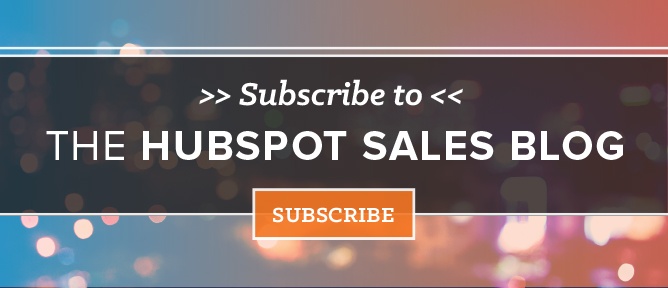There is a definite connection between sales incentives and a profitable return of investment (ROI), but it’s often more than just hard results. Many times, there are intangible benefits that are difficult to measure, but just as valuable.
The Magic Equation
First and foremost, there is an equation you can use to calculate your ROI, and it’s not a difficult one. Essentially it’s this:
Profit less Cost of Investment equals ROI.
For example, if the profit of a sales incentive program is $5 million, and the cost of the incentive investment is $1.5 million (in cash, merchandise or travel vouchers), then the ROI is $3.5 million. That’s the simple equation, and simple is often best.
Sort Out Your Incentives
Once you have decided that sales incentives will bring a profit, you’ll need to decide what form those incentives will take. Many employees prefer cash rewards, often in the form of a bonus, but merchandise rewards such as gift cards are also a good idea. It’s easy to calculate the ROI with these "hard" figures, but another successful incentive that’s not as easily measured are travel vouchers. And sometimes recognition is reward enough.
Identify Targets and Objectives
Given that the top 20% of your team are already highly motivated, aim your incentive program to the mid-level performers. This will enable you to be more specific with your goals and the incentives that will motivate these salespeople. In addition, talk to your salespeople, and ask them what incentives would motivate them to perform better.
Speaking of goals, it helps if you have a highly focused objective for your salespeople to aim for. Not only does it make the incentive program clearer for your team, but it also makes calculating the ROI a lot easier too.
Side Effects
There are always side effects attached to sales incentive programs -- expected and unexpected, positive and negative. However, some of these can be just as valuable as the incentive itself. For instance, a program might generate positive word of mouth, which is always valuable when it comes to company reputation. An increase in competitiveness among your salespeople can also increase motivation, output, and ultimately, revenue.
Travel incentives can become excellent advertisements for your organization as recipients spread the word on their travels. Trips can also increase networking opportunities, and the potential for further contacts and sales.
Ultimately, sales incentives are a win-win for businesses and employees. They are a valuable investment both in hard return and intangible outcomes for the business, and for the employee they are a much appreciated motivator and reward for meeting targets.
Do you have any stories or examples of sales incentives and their associated value?
Sales Compensation





.jpg)

